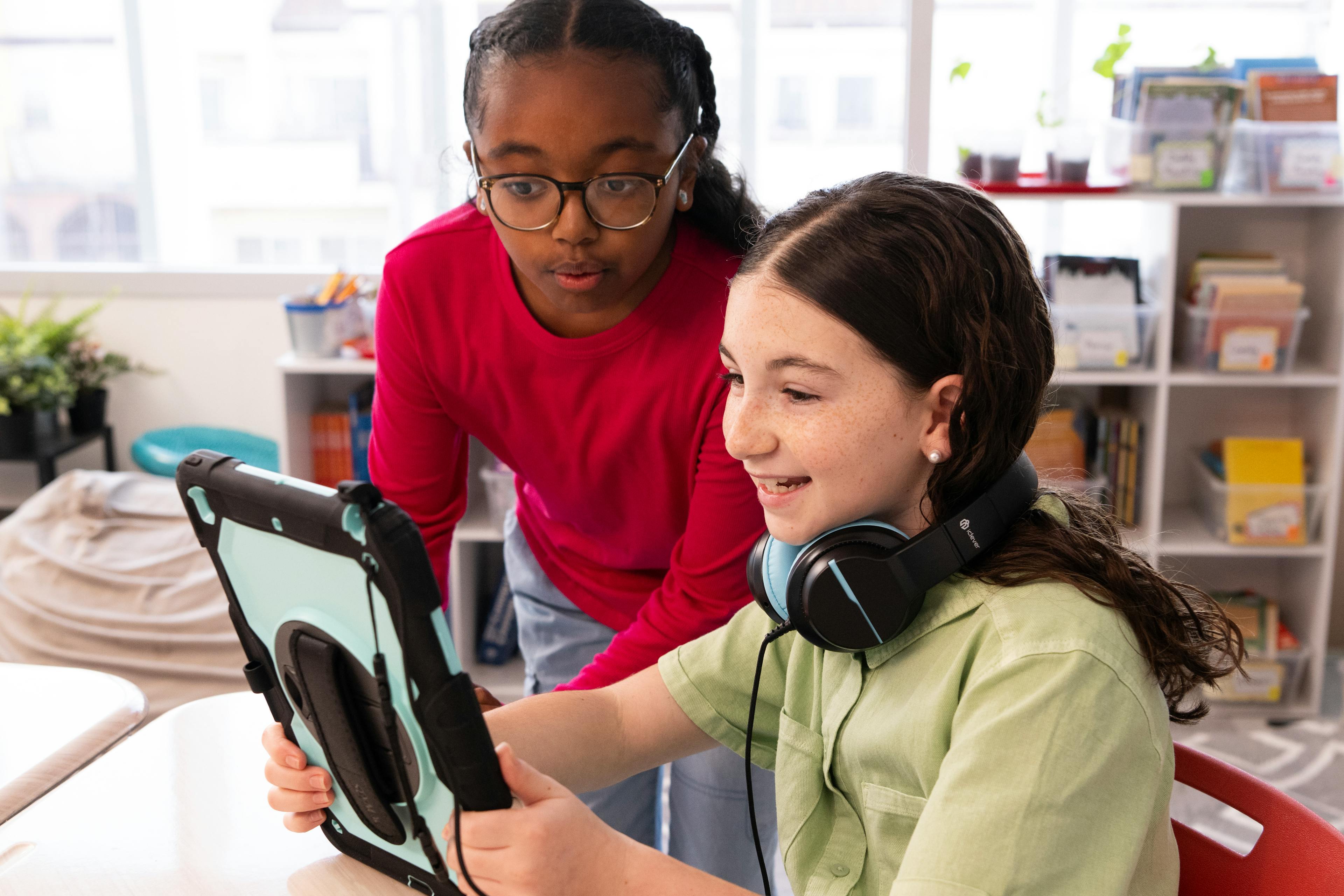October 25, 2025
How Kids Learn Social Skills Through Stories

Books help children learn vocabulary, sentence structure, and fluency, but beyond literacy, stories also support their overall growth and wellbeing as people. Every book offers unspoken lessons about how to treat others, manage emotions, and find a place in the world.
Children learn social behaviors by watching, practicing, and reflecting, and books can be a powerful tool in this process. According to The National Children’s Book and Literacy Alliance, stories help young readers develop empathy, cooperation, and emotional growth.
Stories as Models for Perspective and Conflict Resolution
Through narrative, kids encounter characters with different personalities, goals, and struggles. They are invited to imagine what life feels like through another’s eyes, which research shows helps develop “theory of mind,” or the ability to understand that others have perspectives different from their own (National Library of Medicine).
Books act as both mirrors and windows, reflecting children’s own experiences while also opening onto unfamiliar worlds that broaden empathy. One of the most valuable skills stories teach is perspective-taking. For example, when a child reads about a character who feels left out of a game, they practice recognizing those emotions and linking them to real life, and begin to anticipate how their own choices might affect others (Education Connection).
Unlike real-world conflicts, where emotions run high and consequences can sting, books provide a safe, low-stakes way to explore challenging moments. Disagreements between friends, misunderstandings with teachers, or sibling rivalries are more than plot devices – they serve as lessons. Kids can sit with a character’s sadness, frustration, or joy, and imagine how they might respond in the same situation. Over time, these experiences strengthen empathy and improve social relationships.
Building Emotional Literacy through Narrative
Many children’s stories highlight the power of friendship and collaboration. Whether it is a group of animals building a home together or classmates helping one another succeed, the message is clear: communities thrive when people look out for each other (Readability). These narratives reinforce values like kindness, fairness, and inclusion. For young readers, they normalize behaviors such as inviting someone new to join a game, or advocating for a friend. With repeated exposure to these themes, children begin to see these actions as things they can confidently do themselves (Education Connection).
Books do more than teach children how to read. They prepare kids to become empathetic classmates, thoughtful friends, and resilient problem-solvers, and impart lessons in perspective, conflict resolution, cooperation, and emotional literacy. With this in mind, caregivers can leverage storytime as a chance to raise both strong readers and kind humans.